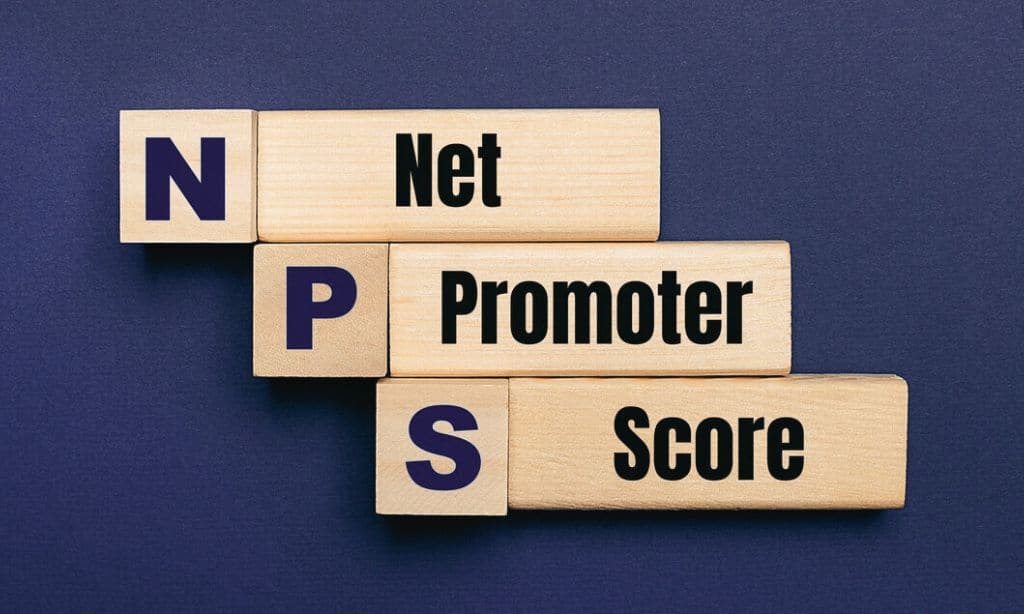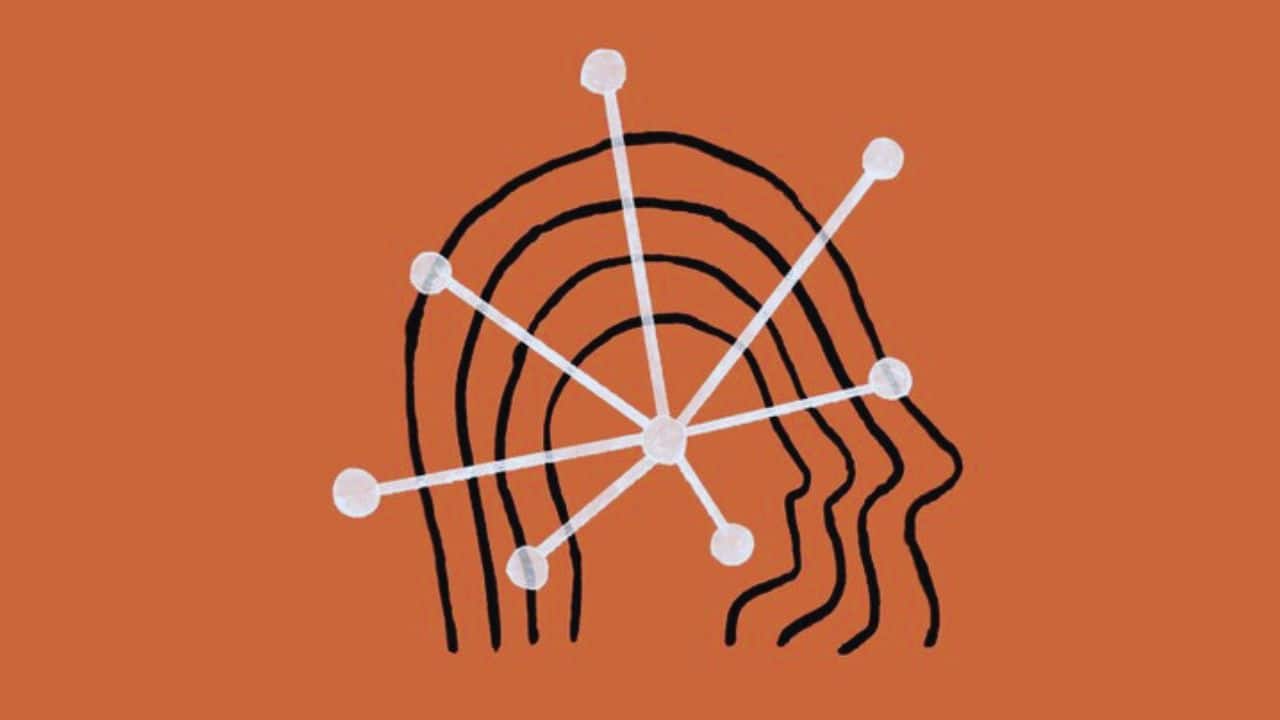Tracking the proper metrics is crucial for SaaS companies. These numbers tell you how well your business is doing and where it can improve. They help you make intelligent choices about your product and customers.
Measuring key metrics lets you spot trends and fix problems before they get big. You can see what’s working and what’s not.
This helps you grow your SaaS business and keep customers happy. Let’s look at eight essential metrics every SaaS company should watch.
1. Monthly Recurring Revenue (MRR)
Monthly Recurring Revenue (MRR) is a crucial metric for SaaS companies. It shows how much money you can expect monthly from your subscribers. This number helps you predict your future income.
MRR is simple to calculate. Add up all the monthly fees your customers pay. If you have yearly plans, divide those by 12 to get the monthly amount. This gives you a clear picture of your regular income.
Why is MRR important? It helps you plan for the future. You can use it to make intelligent decisions about hiring, spending, and growing your business. It also shows if your company is healthy and thriving.
Tracking MRR over time is crucial. Are you gaining more subscribers? Are existing customers upgrading their plans? These changes will show up in your MRR. A rising MRR is a good sign for your business.
What can affect your MRR? New customers signing up will increase it. Customers canceling or downgrading will decrease it. Special offers or discounts can also change your MRR. Keep an eye on these factors to understand your MRR changes.
MRR helps you set goals for your company. You can use it to plan sales targets or product launches. It’s a concrete number that shows if you’re meeting your growth targets.
Remember, MRR is just one part of the picture. It doesn’t show your costs or profits. But it’s a vital metric for understanding your SaaS business’s health and potential.
2. Customer Acquisition Cost (CAC)
Customer Acquisition Cost (CAC) is a crucial metric for SaaS companies. It shows how much money you spend to get a new customer. Add up all your sales and marketing costs to figure out your CAC. Then divide that by the number of new customers you got.
CAC helps you see if your marketing is working well. A low CAC means you’re getting customers cheaply. That’s good for your business. A high CAC might mean you need to change your tactics.
You can use CAC to make intelligent choices about where to spend money. It can show which marketing channels work best. It also helps you decide if you should hire more salespeople.
Tracking CAC over time is essential. If it goes up, you should find ways to cut costs. If it goes down, your strategies are likely working well.
Remember, CAC isn’t just about getting the lowest number possible. You need to balance it with other metrics. For example, if you spend too little, you might not get enough customers.
To improve your CAC, try different marketing methods. Test new ad platforms or sales techniques. Keep what works and stop what doesn’t. This way, you can get more customers without spending too much.
3. Customer Lifetime Value (CLTV)
Customer Lifetime Value (CLTV) is a crucial metric for SaaS companies. It shows how much money you can expect from a customer over their entire relationship with your business.
Why is CLTV important? It helps you decide how much to spend on getting and keeping customers. You can figure out if your marketing efforts are paying off.
How do you calculate CLTV? The basic formula is Customer Value multiplied by Average Customer Lifespan. Customer Value is the average amount a customer spends with you. Customer Lifespan is how long they stay with your company.
Another way to calculate CLTV is to divide your Average Revenue Per Account (ARPA) by your churn rate. This gives you a quick estimate of how much a customer is worth over time.
CLTV can guide your business decisions. Knowing a customer’s lifetime value lets you decide how much to spend on attracting them. It also helps you focus on keeping your most valuable customers happy.
To boost your CLTV, try to increase your average order value. You can also work on keeping customers longer by improving your product and customer service. Remember, minor improvements in CLTV can lead to significant gains for your business.
4. Churn Rate
The churn rate shows how many customers stop using your product over time. It’s a critical number to watch for SaaS companies. A high churn rate can hurt your business growth.
To calculate the churn rate, divide the number of lost customers by your total customers at the start of a period. Then multiply by 100 to get a percentage. For example, if you lose 10 out of 100 customers in a month, your monthly churn rate is 10%.
Tracking churn helps you spot problems early. Are customers leaving because of poor service? Is your product missing key features? By finding the reasons, you can make changes to keep more customers.
A reasonable churn rate varies by industry and company size. For most SaaS businesses, aiming for a monthly churn rate under 5% is a solid goal. The lower your churn, the better for long-term success.
You can also look at revenue churn. This measures how much money you lose from cancellations. It’s essential because losing big customers hurts more than small ones.
To reduce churn, focus on customer success. Make sure users get value from your product quickly. Offer excellent support and listen to feedback. Regular check-ins with customers can help catch issues before they lead to cancellations.
Remember, keeping existing customers is often cheaper than finding new ones. That’s why the churn rate is essential for tracking and improving.
5. Net Promoter Score (NPS)
Net Promoter Score measures customer satisfaction and loyalty. It’s based on a straightforward question: “How likely are you to recommend our product to a friend or colleague?”
Customers answer on a 0-10 scale. Those who give 9-10 are Promoters. 7-8 are Passives. 0-6 are Detractors.
To calculate NPS, subtract the percentage of Detractors from the rate of Promoters. The score ranges from -100 to 100.
Why track NPS? It shows how well you’re meeting customer needs. A high score means happy customers who will spread the word about your product.
Low scores signal problems. They tell you where to focus on improving your product or service.
NPS helps predict growth. Promoters are likely to stick around and bring in new customers. Detractors might leave and discourage others from trying your product.
You can use NPS to compare yourself to competitors. The average NPS for SaaS companies is around 30. Scores above 50 are excellent, while below 0 means serious issues.
Regular NPS surveys let you spot trends. Are your scores improving over time? This shows if your efforts to boost customer satisfaction are working.
Remember, NPS is just one piece of the puzzle. Use it with other metrics to understand your business healthfully.
6. Gross Margin
Gross margin is a crucial metric for SaaS companies. It shows how much money you keep after paying for the costs of delivering your service.
To calculate gross margin, subtract the cost of goods sold from your revenue. Then, divide that number by your income and multiply by 100. This gives you a percentage.
A high gross margin is good. It means you’re efficient at delivering your service. Aim for a gross margin of 80% or higher in SaaS.
Low gross margins can signal problems. You might be spending too much on servers or customer support. Or your pricing might be too low.
Track your gross margin over time. Look for ways to improve it. You could automate tasks or negotiate better deals with suppliers.
Gross margin affects your ability to grow. Higher margins give you more money to invest in marketing and product development.
Investors look closely at gross margin. It helps them judge how scalable and profitable your business can be.
Remember, gross margin isn’t the whole picture. But it’s a crucial piece of understanding your SaaS company’s health.
7. Active Users
Active users are the lifeblood of your SaaS business. This metric tells you how many people are using your product regularly. It’s not just about who signed up but who’s coming back and getting value.
Why does this matter? More active users usually means more revenue and a healthier business. It shows your product is valuable and sticky. People are making it part of their routine.
There are different ways to measure active users. Consider looking at daily, weekly, or monthly numbers. The suitable timeframe depends on your product. A social media app might care about daily use. A project management tool might focus on weekly or monthly.
How do you boost active users? Make your product easy to use and valuable. Listen to feedback and keep improving. Send helpful reminders or tips to keep people engaged. But don’t be annoying – nobody likes spam.
Watch for trends in your active user numbers. Are they going up or down? Significant changes mean something important is happening. A new feature may be a hit, or users may be struggling.
Remember, quality matters too. A small group of highly engaged users can be better than many occasional ones. Look at how often and deeply people use your product, not just raw numbers.
8. Expansion Revenue
Expansion revenue is money you get from existing customers who buy more. This can happen when they upgrade their plan or add new features. It’s a key metric for SaaS companies.
Tracking expansion revenue helps you see how well you’re growing your customer relationships. It shows if your product is valuable enough for users to spend more over time.
To calculate expansion revenue, look at the increase in revenue from existing customers. This doesn’t include new customers or churn. A high expansion revenue rate is reasonable. It means your current customers are happy and willing to pay more.
You can boost expansion revenue by offering premium features or tiered pricing. Upselling and cross-selling to current users also help. Focus on providing value that makes customers want to expand their usage.
Keeping an eye on this metric helps you plan your growth strategy. Getting more revenue from existing customers is often cheaper than finding new ones. By measuring expansion revenue, you can see if your efforts to increase customer value are working.
Overview of SaaS Metrics
SaaS metrics are critical tools for measuring and improving your software business. They help you track growth, spot issues, and make intelligent choices.
Defining Key Performance Indicators
Key Performance Indicators (KPIs) are specific metrics that show how well your SaaS company is doing. They measure new customers, money coming in, and how happy users are.
Some crucial KPIs include:
- Monthly Recurring Revenue (MRR)
- Customer Acquisition Cost (CAC)
- Churn Rate
- Customer Lifetime Value (CLV)
These numbers give you a clear picture of your business health. They help you see where you’re doing well and where to improve.
Importance of Tracking Metrics
Why should you track SaaS metrics? Simply put, they guide your decisions and help your business grow.
Tracking metrics lets you:
- Spot trends early
- Find and fix problems quickly
- Make better choices about where to spend money
- Show investors how well you’re doing
By watching these numbers, you can see what’s working and what’s not. This helps you make innovative changes to improve your product and keep customers happy.
Regular tracking also helps you set realistic goals and measure your progress. It’s like a roadmap for your SaaS company’s success.
Customer Acquisition Cost (CAC)
CAC shows how much money you spend to get a new customer. It helps you see if your marketing and sales efforts are working well. Knowing your CAC can guide your business decisions and help you grow.
Calculating CAC
To find your CAC, add all the money you spend on marketing and sales over a set time. This includes ads, salaries, and tools. Then, divide that total by the number of new customers you have simultaneously.
Here’s a simple formula:
CAC = (Marketing + Sales Costs) / New Customers
For example, if you spent $10,000 on marketing and sales monthly and got 100 new customers, your CAC would be $100.
It’s essential to track CAC over time. This helps you spot trends and make better choices about where to put your money.
Strategies for Reducing CAC
Lowering your CAC can help your business make more money. Here are some ways to do that:
- Focus on your best leads
- Use content marketing to attract customers
- Improve your sales process
- Ask happy customers for referrals
- Test different marketing channels
You can also keep your current customers longer. This spreads out the cost of getting them over a longer time.
Look at which marketing efforts bring in the most customers for the least money. Put more of your budget into those areas. Cut back on things that aren’t working well.
Remember, a lower CAC is good, but ensure you’re still bringing in enough new customers to grow your business.
Customer Lifetime Value (CLV)
CLV shows how much money a customer brings to your business over time. It helps you make smart choices about spending and keeping customers happy.
Significance of CLV
CLV is a crucial metric for SaaS companies. It tells you how valuable each customer is to your business. Knowing this lets you decide how much to spend on getting new customers and keeping current ones.
CLV helps you spot your best customers. You can focus on keeping them around longer. It also shows which products or services are most profitable. This lets you put your efforts where they’ll pay off the most.
Use CLV to set prices and plan for the future. If you know how much a customer is worth, you can make better choices about your business growth.
Methods for Increasing CLV
To boost CLV, start by improving your product. Make sure it solves real problems for your customers. The better your product, the longer people will stick with it.
Offer excellent customer support. Quick, helpful responses keep customers happy. Happy customers stay longer and might buy more from you.
Try upselling and cross-selling. Suggest extra features or related products that add value. This can increase how much each customer spends.
Create a loyalty program. Reward customers for sticking with you. This can make them less likely to leave.
Listen to customer feedback. Use it to make your product better. When customers see you care about their needs, they’re more likely to stay loyal.
Monthly Recurring Revenue (MRR)
MRR is a crucial metric for SaaS companies. It shows how much money you can expect each month from subscriptions. MRR helps you plan for the future and see if your business grows.
Types of MRR
There are different kinds of MRR to track. New MRR comes from new customers signing up. Expansion MRR is when current customers upgrade or buy more. Contraction MRR happens when customers downgrade. Churn MRR is lost when customers leave.
You can also look at the new MRR on the net. This combines all the types to show overall growth. To calculate it, add new and expansion MRR, subtract contraction, and churn MRR.
How to Measure MRR Growth
To measure MRR growth, track your numbers each month. Compare the current month to the past months. Look for trends over time.
A simple formuformulaMRR Growth Rate = (End of Month MRR – Start of Month MRR) / Start of Month MRR.
For example, if you start a month at $10,000 MRR and end at $12,000, your growth rate is 20%.
Set goals for MRR growth. Aim for steady increases month over month. If growth slows, look at why and make changes to your strategy.
Takeaways
For SaaS companies, tracking and analyzing the proper metrics is essential for understanding business performance and guiding strategic decisions. Metrics like Monthly Recurring Revenue (MRR), Customer Acquisition Cost (CAC), Customer Lifetime Value (CLTV), and Churn Rate provide a clear picture of your company’s health and growth potential.
Focusing on these eight essential metrics allows you to identify trends, optimize your strategies, and make data-driven decisions that drive sustainable growth.
Whether improving customer retention, maximizing revenue, or refining your marketing efforts, these metrics are the foundation for a successful SaaS business.
In the competitive world of SaaS, staying on top of these metrics ensures you’re not just reacting to changes but proactively steering your company toward continued success and long-term profitability.










































